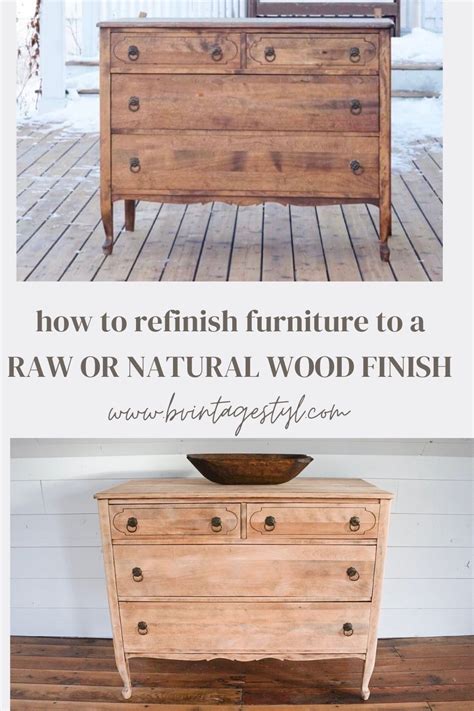How To Refinish Wood Furniture: A Step-by-Step Guide
Refinishing wood furniture can transform a dated piece into a stunning focal point. Whether you're dealing with a family heirloom or a thrifty flea market find, this comprehensive guide will walk you through the process, equipping you with the knowledge to achieve professional-looking results. This isn't just about making your furniture look better; it's about increasing its value and longevity.
Preparing Your Furniture for Refinishing
Before you even think about picking up a sander, proper preparation is key. This stage significantly impacts the final outcome.
1. Cleaning Your Furniture
Thorough cleaning is crucial. Start by removing dust and loose debris with a soft brush or vacuum cleaner. Then, use a mixture of mild dish soap and warm water to wipe down the entire piece. For stubborn dirt or grime, a slightly stronger solution of trisodium phosphate (TSP) can be effective, but always follow the product instructions carefully. Ensure the wood is completely dry before proceeding.
2. Assessing the Damage
Carefully inspect your furniture for any damage. This includes scratches, dents, cracks, loose joints, or water damage. Addressing these issues before refinishing is vital for a smooth, professional finish. Small scratches can be filled with wood filler, while more significant damage may require more extensive repairs.
3. Stripping the Old Finish
This step is essential unless you're simply refreshing a finish and not completely changing its look. There are several methods for stripping:
- Chemical Strippers: These are effective but require careful handling due to their strong chemical nature. Always follow the manufacturer's instructions and wear appropriate safety gear, including gloves, eye protection, and a respirator.
- Heat Guns: These can be quicker but require more precision to avoid burning the wood. Always work in well-ventilated areas.
- Sanding: This is the most labor-intensive method, but it's also the safest. Start with coarser grit sandpaper and gradually work your way to finer grits.
Sanding and Smoothing
Once the old finish is removed, it's time to sand the wood to a smooth surface. This is where patience pays off.
1. Choosing the Right Sandpaper
Start with a coarser grit sandpaper (e.g., 80-grit) to remove any remaining old finish or imperfections. Gradually move to finer grits (e.g., 120-grit, then 180-grit, and finally 220-grit) for a progressively smoother surface. Always sand with the grain of the wood to avoid creating scratches.
2. Sanding Techniques
Work in small sections, applying even pressure. Use a sanding block for larger flat surfaces to ensure even sanding. For curved areas, use sandpaper wrapped around a sanding sponge or a flexible sanding block. Regularly clean your sandpaper to remove dust and debris.
3. Cleaning After Sanding
Once you're satisfied with the smoothness of the surface, thoroughly clean the wood with a tack cloth to remove all dust particles. Any remaining dust will affect the final finish.
Applying the New Finish
Finally, it's time to apply the new finish. This could be paint, stain, or varnish, depending on your desired look.
1. Staining (Optional)
If you're using stain, apply it according to the manufacturer's instructions. Generally, you'll apply a thin, even coat, allowing it to penetrate the wood for a natural look. You may need multiple coats depending on the desired color intensity. Allow each coat to dry completely before applying the next.
2. Applying the Topcoat
The topcoat protects the wood and enhances its appearance. Options include varnish, polyurethane, lacquer, or shellac. Apply thin, even coats, allowing each coat to dry completely before applying the next. Follow the manufacturer's instructions carefully.
Finishing Touches
Once the topcoat is completely dry, you may need to lightly sand between coats with very fine-grit sandpaper (e.g., 320-grit) to remove any imperfections. Finally, buff the surface with a soft cloth to reveal a beautiful, polished finish.
Conclusion
Refinishing wood furniture is a rewarding project that can dramatically improve the look and value of your pieces. By following these steps and taking your time, you can achieve professional results and enjoy the satisfaction of restoring a cherished item. Remember, safety first! Always wear appropriate safety gear and work in a well-ventilated area.
